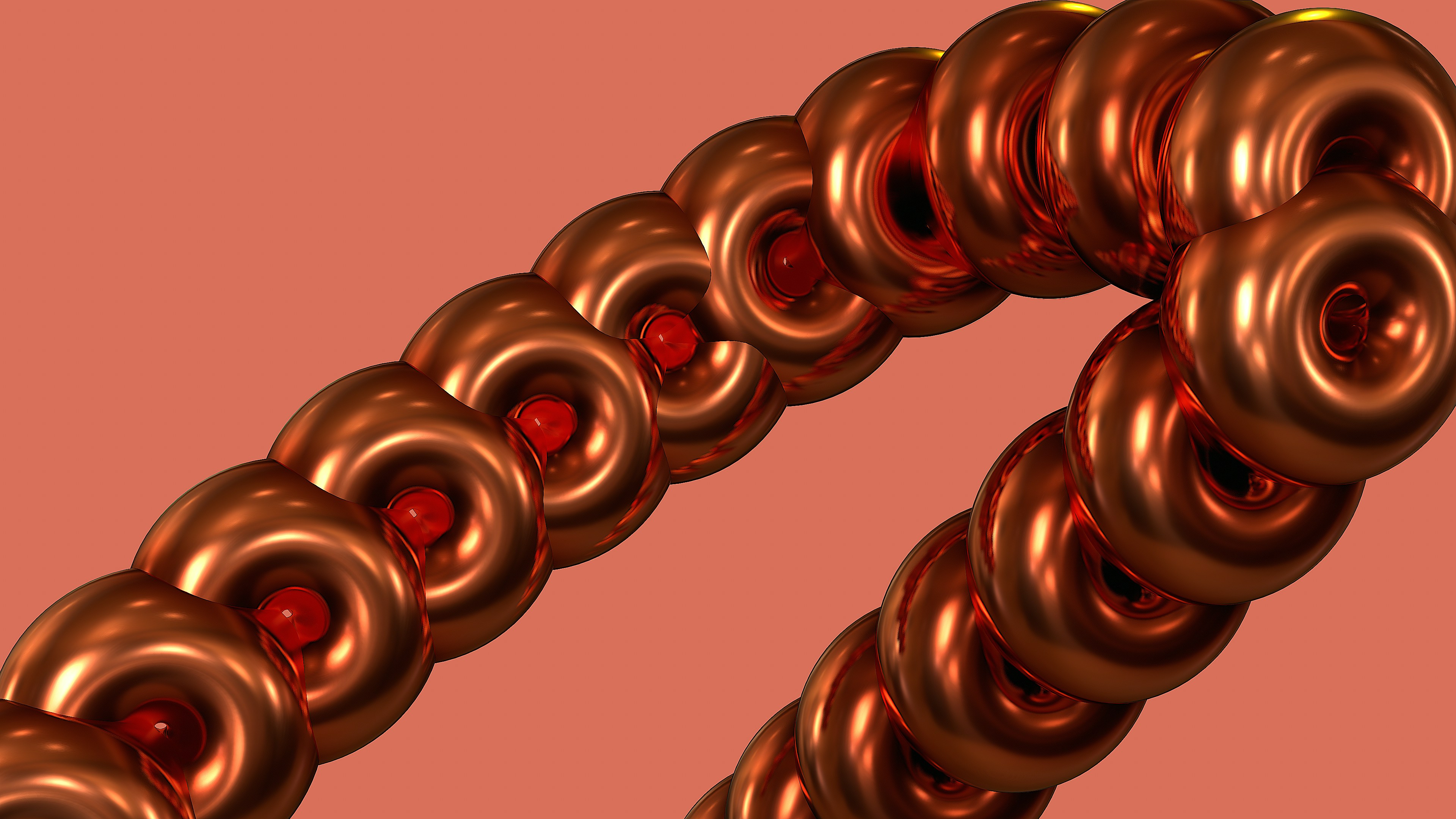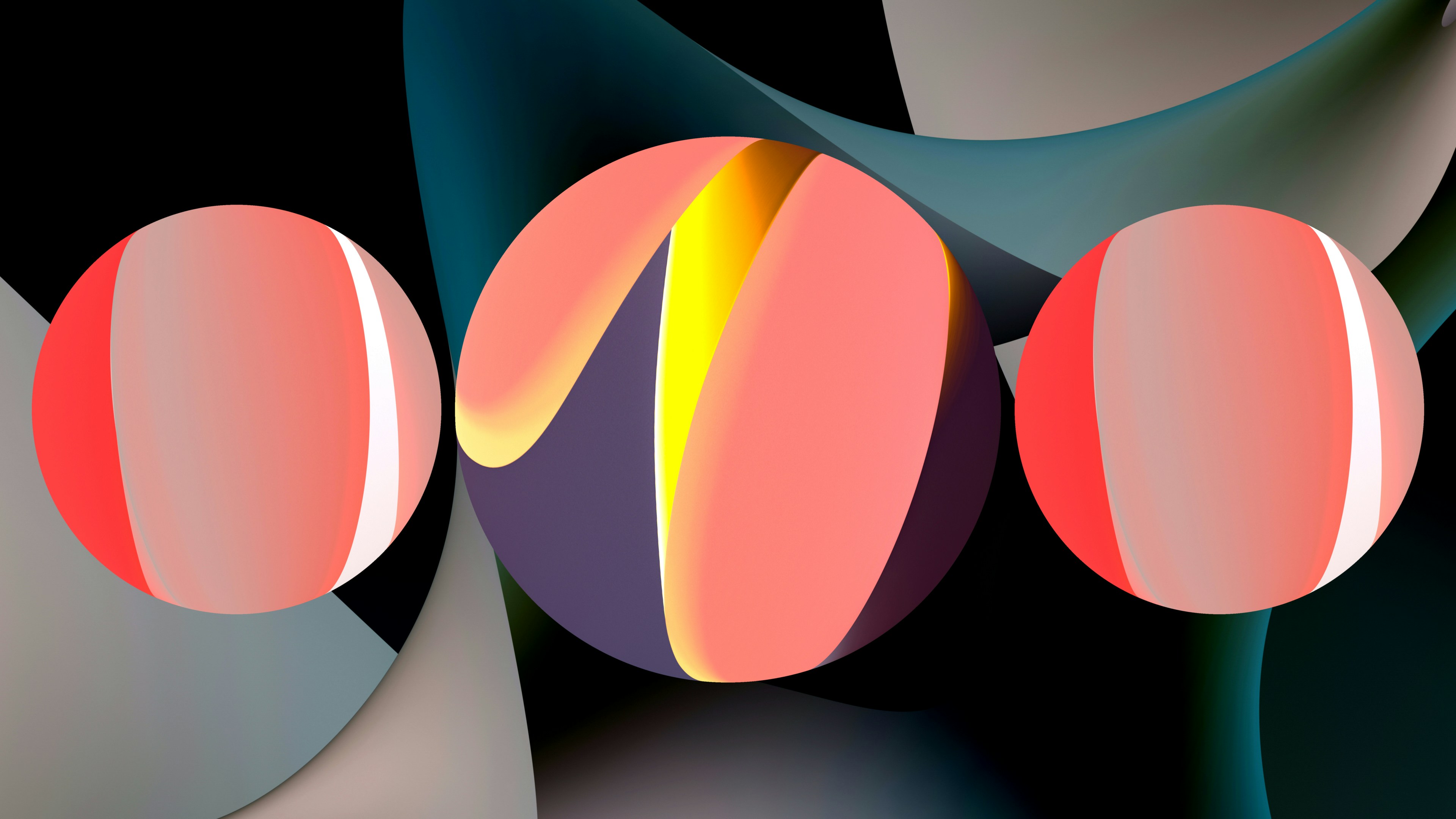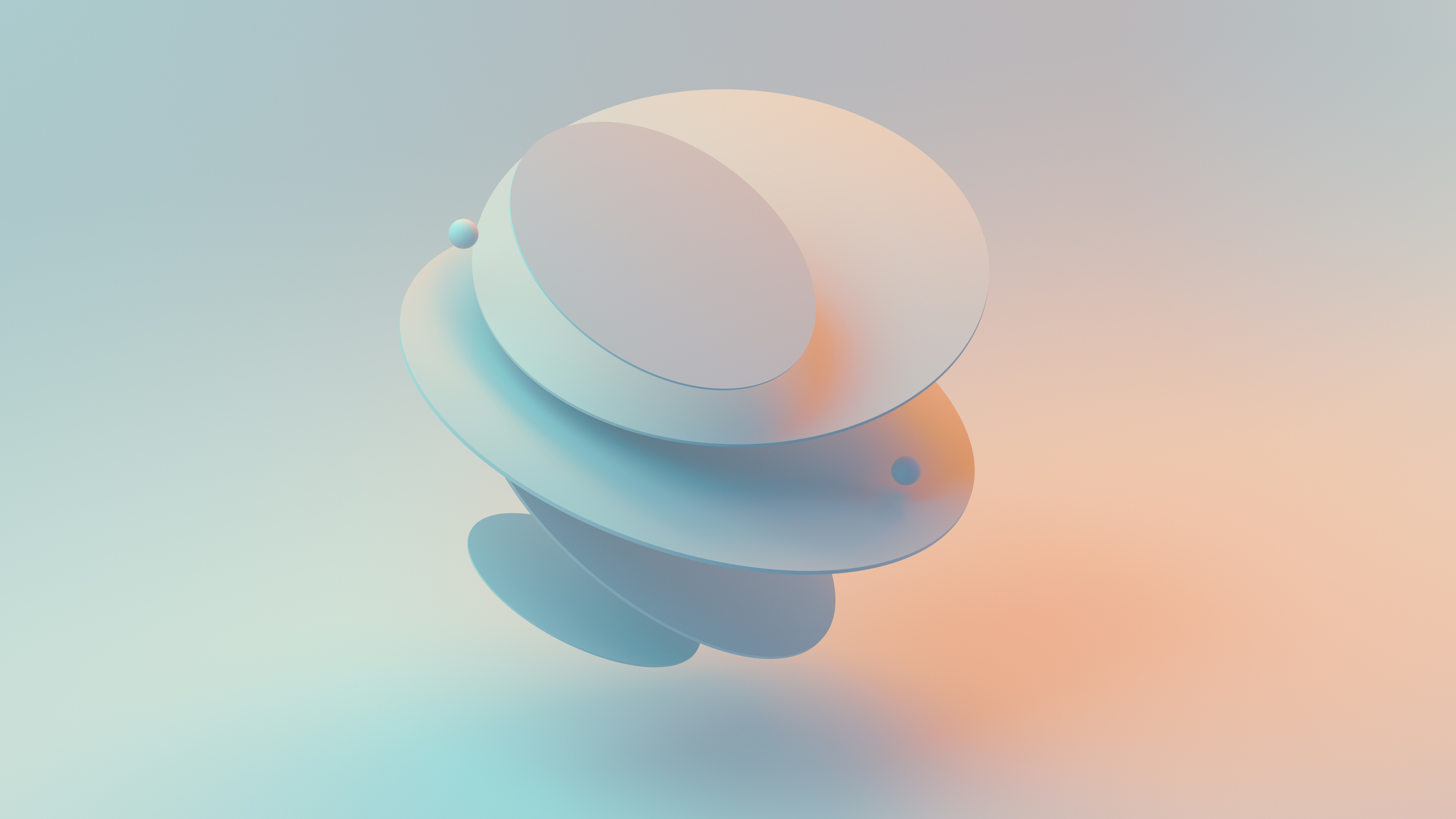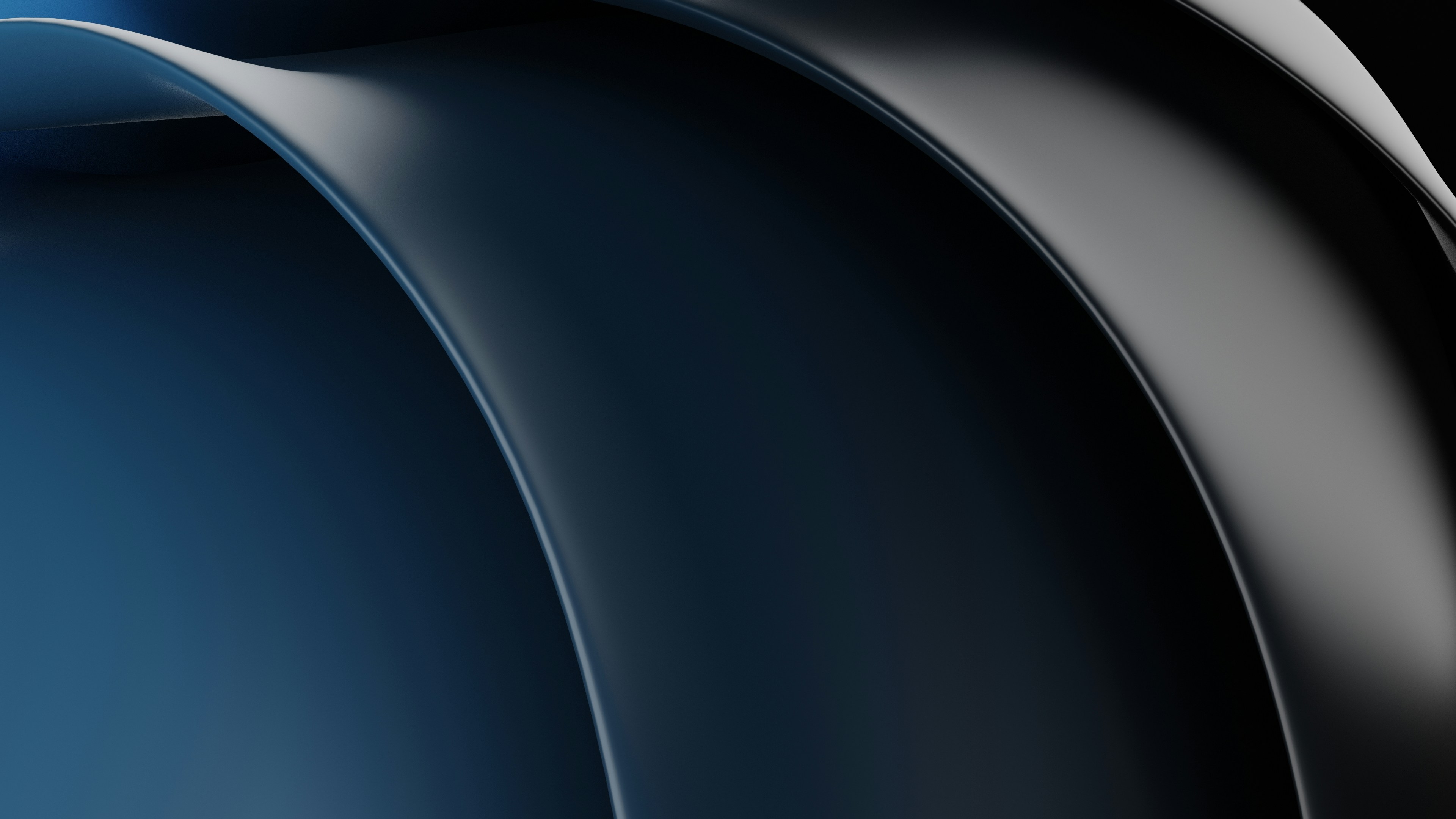Hype


Alex, a brand manager for a mid-sized FMCG company, was scrolling through TikTok looking for inspiration. He knew the company had only a couple of months to make a loud statement about its new product — a line of energy drinks with exotic flavors. A typical advertising campaign could easily go unnoticed. But he had seen other brands turn their launches into viral memes within a week, generating buzz on YouTube and in Telegram channels.
Alex wanted to capture that effect. But he understood that “hype” wasn’t just noise around a novelty. It was a controlled yet unpredictable process where the key was to strike a balance: grab attention without burning the brand’s reputation.
What is Hype in Marketing
Hype in marketing is artificially generated excitement, where attention to a brand or product grows exponentially, usually for a short period. Its foundation is emotions, topicality, and the ability to spread quickly.
It differs from a trend in that trends can last for years, becoming part of mainstream culture, whereas hype is almost always short-lived. It’s also not the same as a PR crisis: in a crisis, attention damages the brand, while in hype, it should be capitalized on.
For a marketer, hype is a tool, but misusing it can lead to failure — as in Pepsi’s infamous ad with Kendall Jenner, where the attempt to “ride” the protest agenda triggered a wave of backlash.
The Mechanism of Creating Hype
For a campaign to become true hype, it needs to hook several emotional and social triggers at once. It’s not just about a “loud announcement” or a “creative banner” — it’s about a carefully staged process where every detail contributes to the avalanche effect.
A strong concept that’s impossible to ignore
In 2021, Balenciaga once again proved it knows how to launch viral stories. Their Fortnite-inspired collection didn’t just present clothes — the brand built it directly into the game’s mechanics. Players could dress their characters in pieces from the collection and then buy them in real life. This was a bridge between digital and physical worlds, sparking conversations in fashion magazines, on Reddit, and on TikTok. The concept worked because it was integrated into the audience’s natural environment, not imposed from the outside.
Involvement of opinion leaders and meme characters
In the era of social media, involving opinion leaders has become one of the most effective tools for creating hype. Audiences trust the people they follow daily more than faceless ad slogans. When a charismatic blogger, artist, or public figure shares their experience with a product, it feels like a part of their real life, not an ad. Such content blends naturally into a user’s feed, triggers emotions, and encourages discussion.
Meme characters operate on a similar principle, but here humor and a recognizable image are key. Featuring a character that already “lives” in internet culture creates a sense of being in on the joke, increasing the chances of organic spread. But the collaboration must feel authentic — audiences quickly sense when a brand forces itself into a context it doesn’t understand.
Social media as a catalyst
Duolingo is a prime example of how TikTok can become a hype lab. Their green owl acted like a meme — poking fun at users, parodying trends, and even engaging in playful “internet feuds” with other brands. The result? Every video hit the For You page, and app installs grew. The brand turned its mascot into a full-fledged media character.
Scarcity and FOMO
In 2023, Crocs collaborated with Shrek to release a limited edition of green clogs with ears. Pairs sold out in minutes, and photos and videos flooded Instagram and TikTok. People competed to create the most original looks, and influencers posted reviews. The limited run amplified the FOMO effect — the fear of missing out — which always boosts interest.
Source: Crocs
Provocation and safe controversy
Sometimes hype needs a touch of provocation. In 2023, Diesel followed Balenciaga’s lead and released jeans with a “dirt and wear” effect priced at hundreds of dollars. The internet was split — some laughed, others were outraged, some bought them. In the end, the brand got reach numbers that a regular campaign couldn’t dream of and reconnected with a younger audience.
Hype and the Brand: Benefits and Risks
Hype gives a brand a powerful short-term boost in reach, sales, and awareness. But its strength is also its weakness — the effect fades quickly, and sometimes a negative aftertaste remains.
The upside when it’s done right
In 2020, Burger King ran a campaign showing a moldy burger. The shocking image was meant to highlight their removal of artificial preservatives. The result — millions of social mentions, media coverage, and a spike in awareness without discounts or promos.
In other cases, hype can be the launchpad for a new product. In 2024, Kim Kardashian’s brand Skims introduced the “Wedding” collection with a viral video featuring White Lotus star Patrick Schwarzenegger and his bride. The line sold out instantly — silk, romance, and a celebrity groom made for a perfect combination.
When hype backfires
But risk is always close. In 2023, Bud Light partnered with trans influencer Dylan Mulvaney. The brand aimed to appear progressive but faced boycotts from part of its audience, sales declines, and a prolonged PR crisis. The mistake was not anticipating the full range of reactions from key market segments.
How to Use Hype in Design and Branding
Design can be both the spark for hype and its limiting factor.
Identity that becomes viral
Consider the case of MSCHF, which in 2023 released massive red “Cartoon Boots” that looked straight out of an animated film. They instantly became a meme — no slogans or banners needed.
Source: ArtReview
Logo and design as a trigger
When YEEZY launched a capsule with ultra-minimalist packaging and no logo, it sparked debates: “Genius or lazy design?” The lack of branding itself became a talking point — exactly as intended.
The Role of AI in Working with Hype
Modern marketers increasingly use AI to predict and amplify hype effects.
Analytics and trend forecasting
AI can track social media mentions and predict which topics are about to explode. This allows brands to join the conversation at the perfect moment.
Creative generation
With tools like Midjourney, DALL·E, and Runway ML, brands can produce unique visuals in hours. In 2024, a South Korean fashion startup launched an entire collection with all promo images generated by AI. The campaign drew millions of views on Instagram* (banned in Russia) and TikTok.
Conclusion
That’s exactly what Alex did: he chose a concept born from his audience’s habits, not just the urge to “make noise.” Instead of a faceless ad series, he launched a TikTok challenge where participants tried the drink and gave the most absurd reactions. Bloggers jumped in, parodies emerged, and within a week, the product became the most talked-about in its category.
He realized that hype is like fire. If you ignite it properly, it can warm your brand and bring people together. But if you overdo it — everything burns to the ground.


